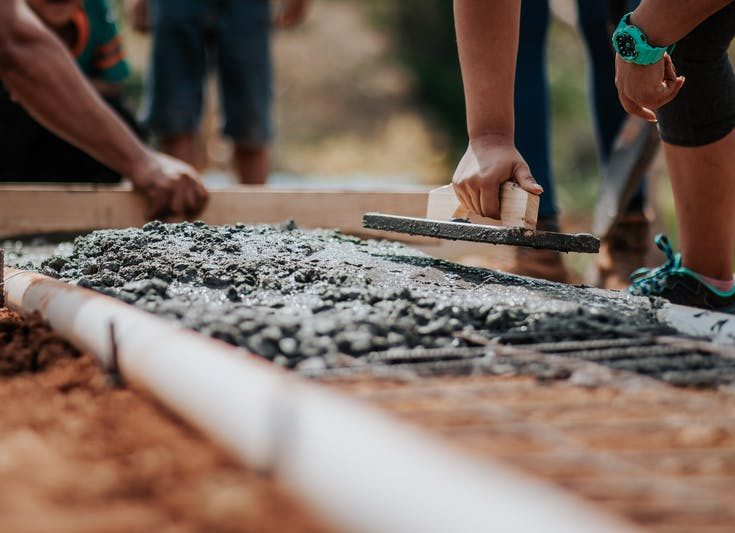Building an L-shaped house is a great way to maximize space and take advantage of unique views. It also offers several advantages when it comes to the economics of building over traditional rectangular or square houses. By understanding these various benefits, one can make informed decisions regarding their construction plans while having an eye toward mitigating potential risks.
Factors to Consider When Building an L-Shaped House
One factor to consider when building an L-shaped house is the overall size and shape of the property on which it will be built. An L-shaped home requires an unusually large and wide lot in order to provide enough space for both wings of the “L”, so it is important that you are able to acquire or build on large enough land or have access to surrounding land which can be acquired easily.
It is also important to think carefully about how much time and money you are willing to invest in the project before beginning construction on an L-shaped home. A larger lot makes this style of home more costly than traditional single homes, as well as requiring substantial additional materials for constructing two wings instead of one line like most homes. Additionally, because L-shaped house plans have relatively little structural support from corners, extra bracing will also need to be installed in order for the building to comply with standard codes for engineering and safety specifications.
Aesthetics are another crucial consideration; additionally, energy efficiency should also be taken into account when designing a unique layout for your individual needs since proper insulation and ventilation can save money in both heating and cooling costs throughout the year. All these considerations need to be taken into account before beginning construction on any projects involving your future abode.
What are the costs?
The cost of constructing an L-shaped house will depend on a variety of factors, including the size of the house and the type of materials used. The costs may include materials for foundations and framing, labor costs for construction, and additional fees for services such as electricity, water, and sewage or gas connections. Additionally, if a garage or addition is going to be included in the L-shaped structure, these expenses must also be taken into account.
In order to determine an overall cost estimate for building an L-shaped house, it is necessary to figure out several essential components including layout drawings with detailed measurements; engineering design calculations; cost estimates of electrical systems; plumbing diagrams and materials lists; HVAC calculations; window frames; and roofing specifications. Having these things in place before approaching a contractor can help ensure that there are no hidden surprises when obtaining quotes, as well as ensure that any unforeseen costs can be factored into the estimated budget.
Conclusion
In conclusion, careful consideration must also be given to design specifications, construction techniques, energy efficiency measures, and green materials in order to maximize long-term savings and lifestyle benefits. With correct planning and execution, building an L-shaped house can be both aesthetically pleasing and financially rewarding for years to come.

